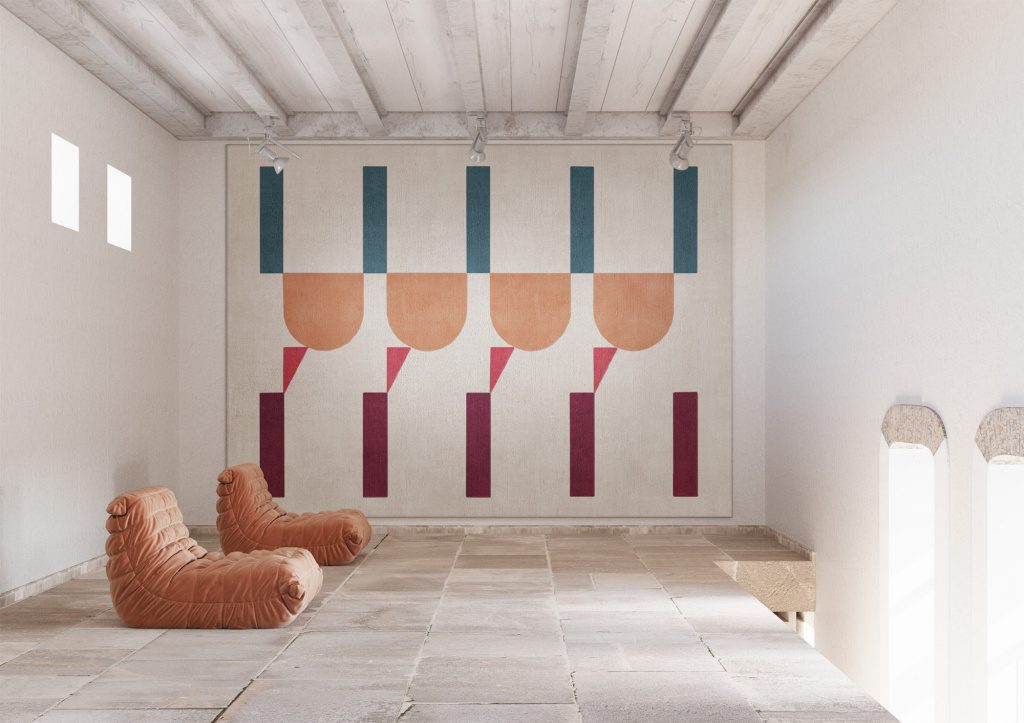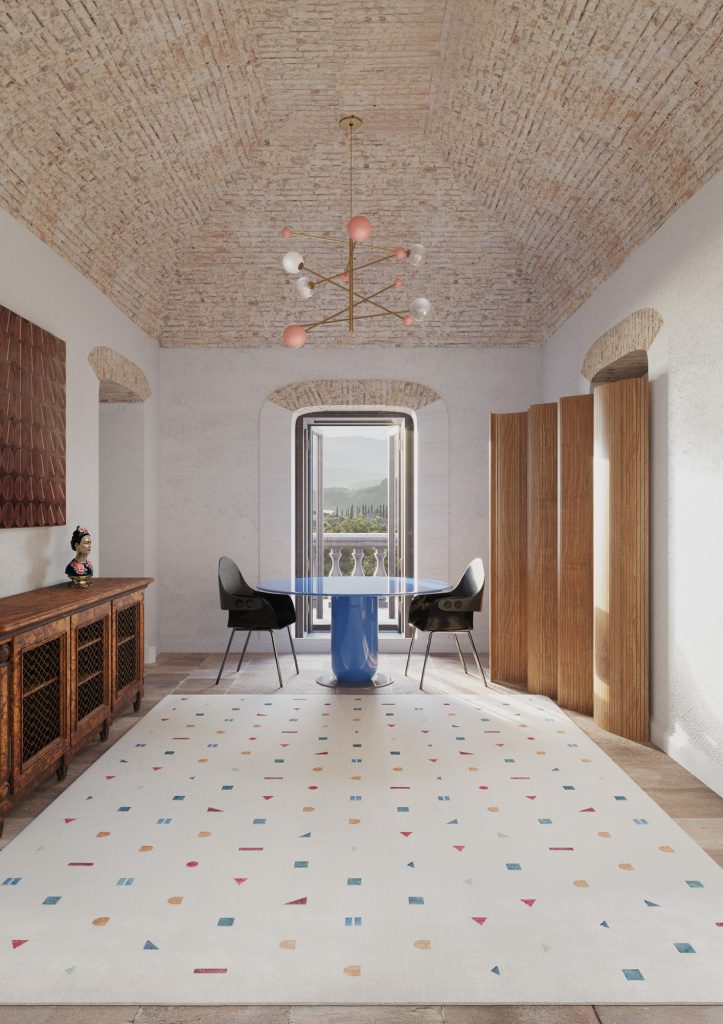
It’s all about GOOGIE
Future accessible for everyone – style that comes back from Hollywood
Los Angeles is known for its eclectic architecture, from Italianate mansions to Art Deco skyscrapers and humble ranch houses. But in the 1950s, it created its very own style.
Googie is undeniably the super-aesthetic of 1950s and ’60s American retro-futurism — a time when America was flush with cash and ready to deliver the technological possibilities that had been promised during Second World War.
G O O G I E
In opinion of Alan Hess Googie style in architecture made the future accessible to everyone. As he explains, it was an unpretentious aesthetic meant to appeal to the average, middle-class American. One of the key things about this architecture is that it wasn’t for custom houses for wealthy people — it was for coffee shops, gas stations, car washes, banks… the average buildings of everyday life that people of that period used and lived in. And it brought that spirit of the modern age to their daily lives. It was created by real artists who meant to bring futuristic forms into insertion reality.

With vibrant colors, myriad materials, daring shapes, and over-the-top signage, Googie architecture was optimistic, experimental and exciting.
As the story goes, Googie got its name when the architecture critic Douglas Haskell was driving around Los Angeles researching a story about all the new splashy coffee shops he spied in the city. He saw Googies, a West Hollywood coffee shop with a bold red roof, and decided to name the style after it.
Daring? Maybe. One thing is sure: New collection of Atelier Tapis Rouge might become polemic as some architecture styles but will never stay unnoticed.
